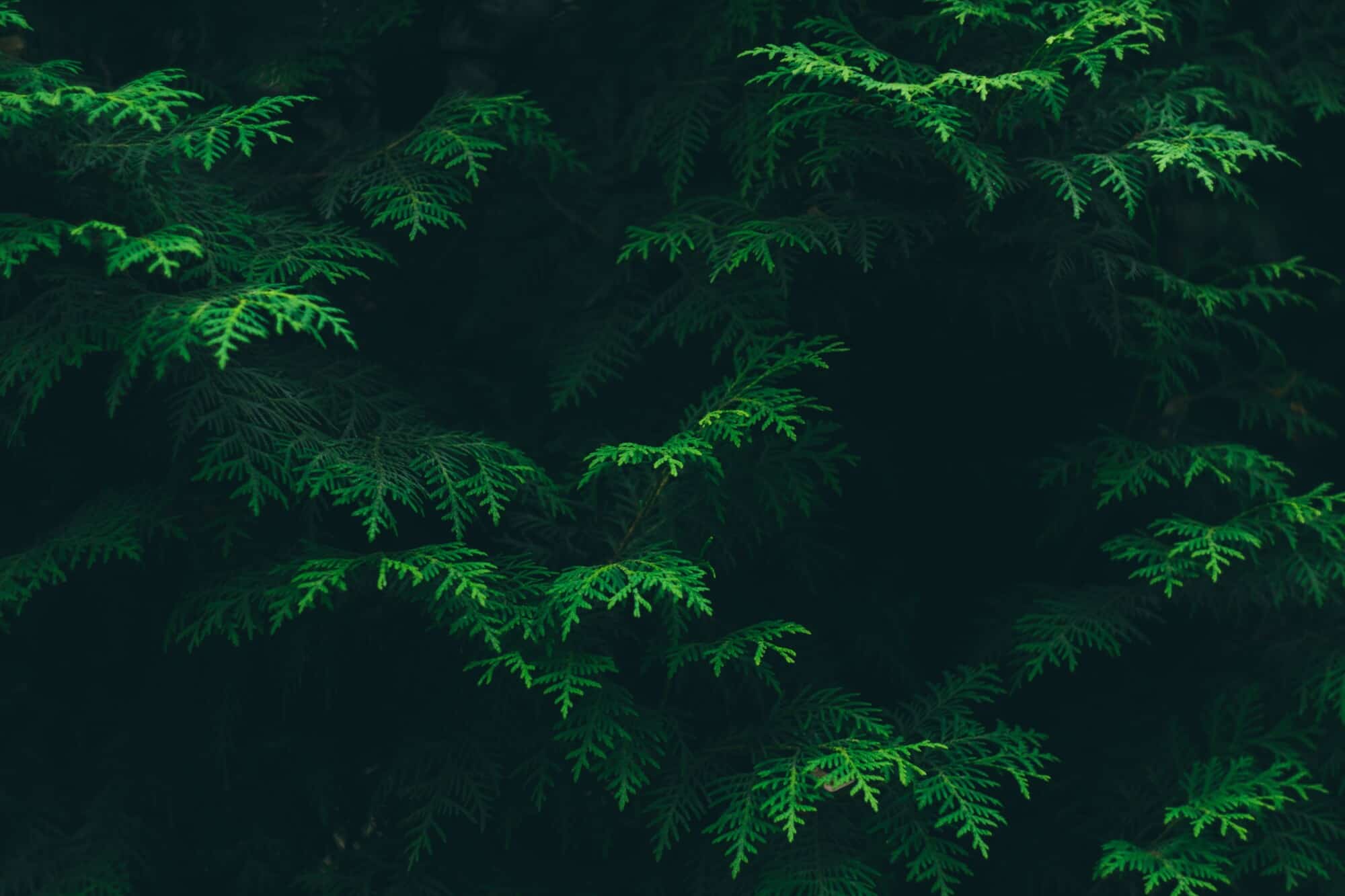How to Revive an Evergreen Shrub: The Steps to Take

How to Revive an Evergreen Shrub:
The Steps to Take
What part of your house do you think looks best? Is it the emerald-green grass in your lawn, or the way your windows catch the sun? If you’re like many others, it may be your plants and shrubbery.
Well-maintained shrubbery adds a touch of aesthetic to your home exterior that nothing else can rival. If you choose attractive plants, they can even increase your home’s curb value.
However, a dead shrub or shrubs makes your yard look ragged. Moreover, it’s sad to see something you worked to maintain fall apart.
Fortunately, you can learn how to revive an evergreen shrub. In many cases, you can salvage a dead shrub if you use some skillful shrub maintenance. So, in this article, we’re going to help you learn how to revive a dying shrub.
Sound exciting? If so, then let’s get started!
Determining the Cause of Death
Fortunately, it is possible to nurse plants back to life after they’ve died. Evergreens make this easier, as they tend to grow naturally year around. However, to bring a plant back to life, you must first discern what killed it.
Root Decay
Several factors could cause your roots to die or decay, but the two leading causes are drowning and freezing. Overabundant rainfall or excessive watering can overwhelm your roots. This excess of water inhibits the roots from draining as they should, which leads to your roots drowning.
Over time, the effects of drowning manifest on your plant. These can include droopy foliage, yellowing or browning leaves, and other symptoms.
A surplus of water isn’t the only cause of root decay. Freezes can also kill your plant’s roots, resulting in the plant’s death. The good news is, there are ways to fight these conditions.
However, the opposite is also true; if plants don’t receive enough water due to dry conditions, they’ll begin to brown. To prevent this, aim to give each of your shrubs an inch of water per week.
Insect Attacks
Insects often feed on shrubs, and if they overrun the evergreen, it can result in a quick death. The signs of an insect infestation include defoliation (loss of leaves) and yellowing.
Insufficient Nutrition
Just like humans and animals, plants need certain nutrients to survive. If they can’t receive their nutrients, they’ll eventually die. Certain factors in the soil may cause your plant difficulty in absorbing nutrients.
One of the telltale factors in plant malnutrition is a high pH level in the soil. The ideal range for most shrubs is 6.0 and 6.5. If your level is higher than this, it can cause problems for your plants.
Chemical Damage
Sometimes plants suffer damage because of unintentional contact with chemicals. For example, let’s say that you spray malignant weeds with an herbicide on a windy day.
That spray won’t only affect the weeds. Instead, it’ll spread through the air and contact your other plants. This contact may result in shrub foliage browning.
If you must spray herbicides, be sure to do so on a windless day. This way, the spray will follow a more direct path to the intended plant and not harm your shrubbery.
How to Revive an Evergreen Shrub
As you can see, several factors can cause your shrubbery to die. However, this doesn’t mean they are beyond hope. If you take the proper precautions and catch problems early on, you can prevent them from killing your plants.
Combatting Dying Roots
Dead or decaying roots are one of the leading causes of death for shrubs, so it’s imperative you know how to combat it. As you learned in the previous section, roots usually die due to drowning or freezing.
To combat this, expose the roots and cover them with fresh soil to absorb water well and surround the roots. This precaution will help absorb water faster so it doesn’t overwhelm the plant.
From there, cover the new soil with an additional layer of mulch when the roots have dried. This mulch will help insulate heat in the dirt and allow your plant to recover more quickly.
Shrub Pruning for Insect Attacks
If your plant suffers from an insect infestation, you’ll know from yellowing leaves and sudden holes appearing in the foliage. Combatting this is fairly straightforward.
First, do some careful shrub pruning. Remove any of the plant’s branches that show signs of yellowing or holes in its leaves. Use sharp, disinfected pruning shears when you do this. The disinfectant will help prevent inadvertently spreading any insect larvae.
Once you finish your shrub trimming, spray the remaining shrub with a mixture of water and insecticidal soap. Make sure to spray this on both the leaves and the stem.
Chemical Damage Control
Chemical damage to your shrubs can severely harm your plant. However, if the browning it causes isn’t too severe, it is possible to revive these plants. All you need to do is make sure the plant remains well-watered.
Enough hydration can help to combat the chemical damage. Eventually, the browning will fade; greenery will return to the shrubbery.
The Benefits of Fertilizer
One of the final steps in combatting shrubbery issues is to add fertilizer to your shrubs that are specific to your evergreen. When you do this, be sure to follow the directions on the packaging.
Also, make sure you don’t apply fertilizer in the summer. Doing so could cause the evergreen to burn.
Call Professional Shrub Maintenance Today
As you can see, there are several ways to fight back if your shrub should suffer fatal conditions. However, doing so can take a lot of work. You may not feel comfortable trusting yourself to perform these tasks correctly.
If so, there’s no need to hesitate! Call our professional services today. Our expert teams know how to revive an evergreen shrub in even the most dire circumstances.



You must be logged in to post a comment.